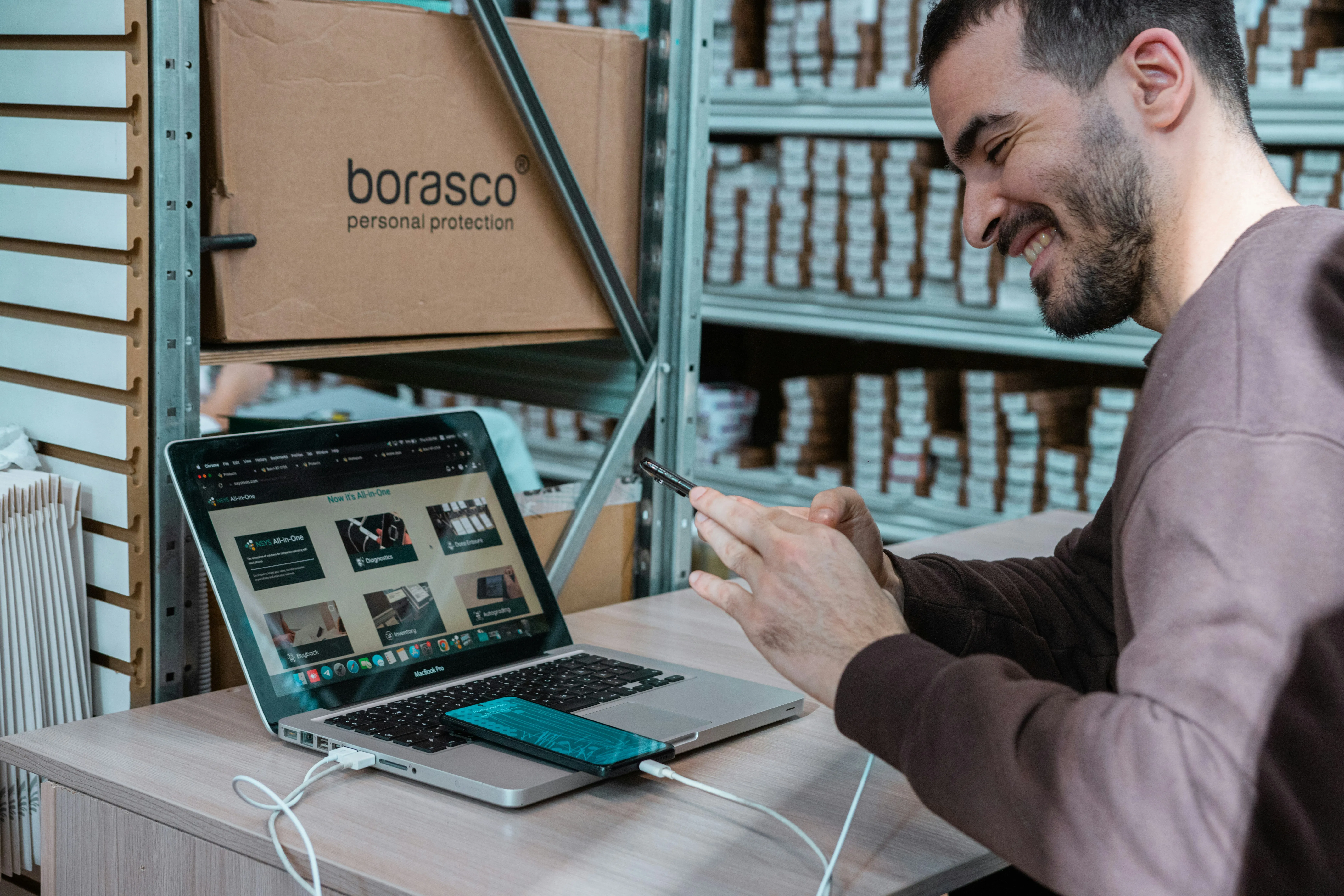Netflix offers three different tiers of service. The good news is that no matter which subscription plan you choose, the available content is the same. Whether you choose the cheapest plan or the most expensive, you'll be able to watch any TV show or movie in Netflix's library. But there are other things to consider when choosing the plan that's right for you and your smartphone.
Aside from Netflix's library of TV shows and movies, there are three things you'll have to consider when choosing a subscription — the number of devices that can stream videos at the same time, what type of phone you have, and the quality of video streams. Here's what the company is currently offering:
- Tier 1: $8.99/month, max resolution of 480p, only one device at a time
- Tier 2: $12.99/month, HD max resolution of 1080p, two devices at a time
- Tier 3: $15.99/month, Ultra HD max resolution of 4K, four devices at a time
So which plan is right for you? That depends on you, your friends and/or family situation, and your device(s).
How Many Users Will Have Access?
Are you the only person using this account? If so, you don't need to worry about the number of devices streaming at once. If you know you will have more than one person streaming at any given time, such as your significant other, roommate, or children, you will definitely want to skip option one to avoid having to fight over Netflix-watching time.
However, if you want to watch anything in better-than-DVD quality on your smartphone or TV, then you'll want to look at Tier 2 or Tier 3, which will talk about more below.
What Type of Phone Do You Have?
In terms of quality, if you're someone with a modern smartphone, you're going to notice a big difference between options one and two. Modern smartphones range anywhere between 750p and 1440p, which means the difference between standard definition and high definition is extreme.
Regular-sized iPhones will max out at 720p, while iPhone Plus models (and the iPhone X) will reach Full HD 1080p streaming. As for Android, it varies greatly from device to device, so make sure to do your research.
What Quality Do You Want?
If you don't mind a lower quality DVD-style stream, you may be satisfied with Tier 1's 480p, but for most people, I would recommend at least Tier 2 to get the best possible picture on your smartphone or HDTV with 720p or 1080p resolution.
Tier 3 comes with Ultra HD, which displays content in as high a resolution as 4K, which may be good for your TV and/or set-top box. But for phones, we are more concerned with HDR10 and Dolby Vision, which both play content back brighter in a wider range of color and contrast.
Right now, the only smartphones that support these Netflix HDR modes are the LG G6, iPhone 8, iPhone 8 Plus, and iPhone X, which use Dolby Vision, and the LG V30, Samsung Galaxy Note 8, Sony Xperia XZ Premium, and Sony Xperia XZ1, which use regular HDR10. So, if you aren't rocking one of those, this plan may not be necessary for you unless you also stream content on an Ultra HD television screen.
If you decide on Tier 2 or Tier 3, keep in mind that if you're on a cellular plan that includes a streaming feature that attempts to optimize streaming video playback without stealing all of your data, such as T-Mobile's Binge On, you may actually be watching in 480p regardless of the display on your smartphone. You can usually turn this option off and adjust your Netflix playback settings to get better streams, but you'll also lose a lot of data while you're watching.
- Follow Gadget Hacks on Facebook, Twitter, Google+, YouTube, and Instagram
- Follow WonderHowTo on Facebook, Twitter, Pinterest, and Google+
Cover photo and screenshots by Jake Peterson/Gadget Hacks

























Comments
Be the first, drop a comment!